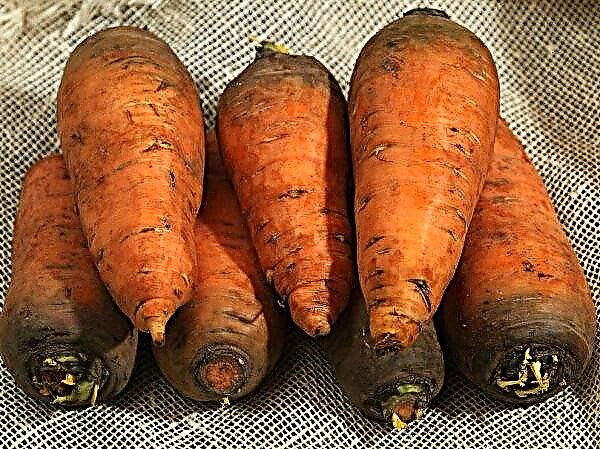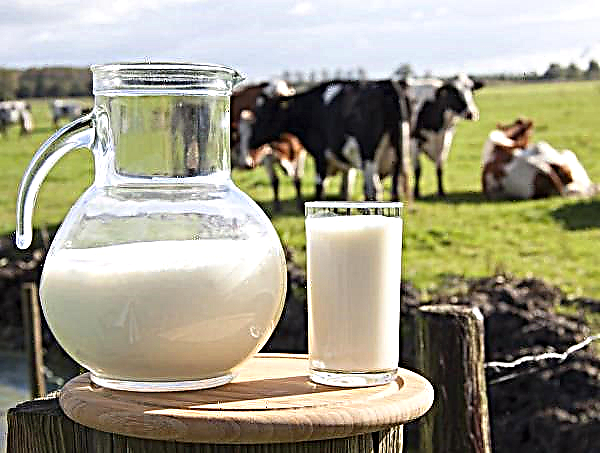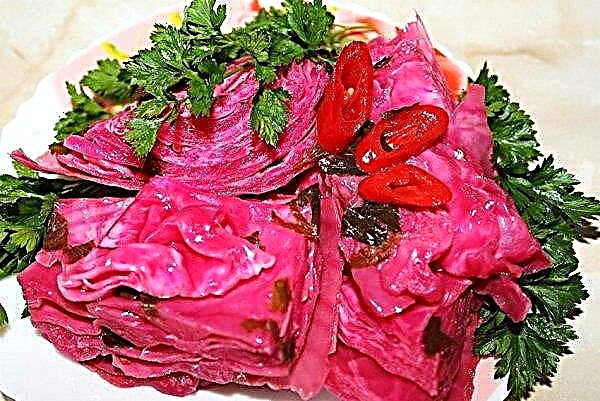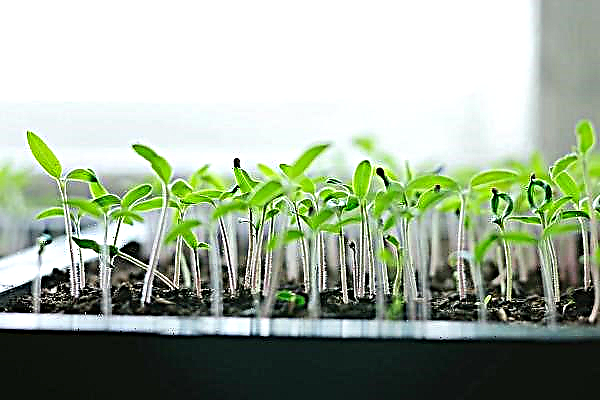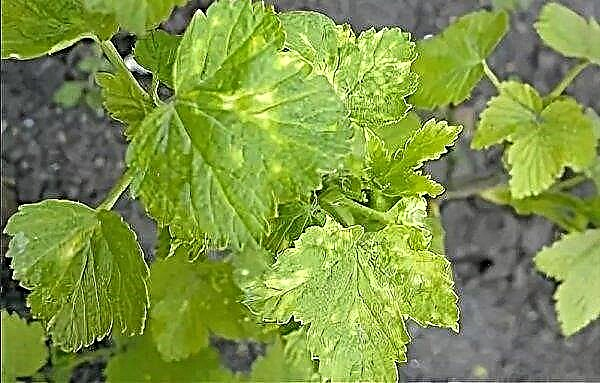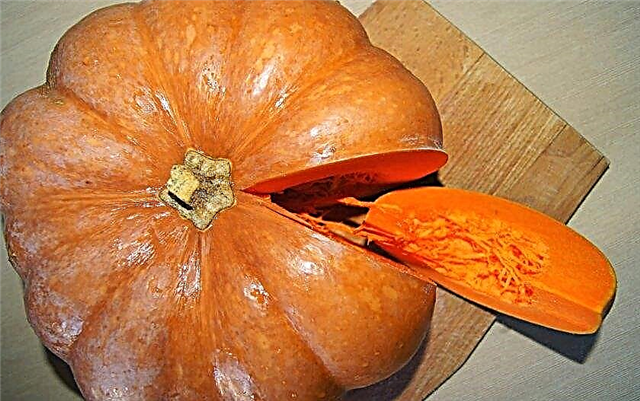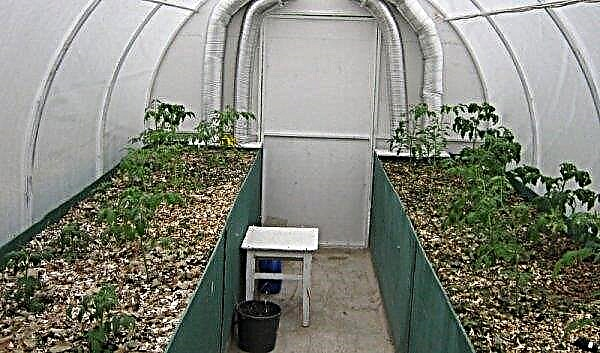Delicious salts sometimes have to spend a lot of time, and the result does not always live up to expectations. Get to know the quick and easy way to pickle a tomato.
Selection and preparation of raw materials for salting
For harvesting, tomatoes of the same size (preferably small or medium) and the degree of maturity are selected. Not bad if the tomatoes are slightly immature. Some experts advise choosing soil varieties with a strong peel. No damage to the tomatoes should be. The ideal grade for workpieces is cream. When processed, its fruits always retain their shape and taste.
Important! Inside, the tomatoes should be uniform, red in color, white veins and the stem should not be allowed.
As for spices, it can be such as for other types of preservation:
- dill;
- cherry (leaves and twigs);
- horseradish (root and leaves);
- garlic;
- currants (leaf and twigs).

Tomatoes and spices combine well:
- celery;
- thyme;
- rosemary;
- tarragon.
Will be harmonious in salting:
- black and red pepper;
- mustard;
- chilli;
- cinnamon;
- allspice.
Tomatoes can be salted both individually and in combination with other vegetables (carrots, cabbage, cucumbers). Since each vegetable affects the taste of tomatoes, they need to be added to the pickles in small quantities. When asked about how much fluid is needed, experts give an answer: 1-1.5 liters per 1 three-liter jar.
Important! An error of 100 g is allowed depending on the packing density.
As a rule, a brine is prepared with a margin. The number of containers (cans) is easy to calculate: approximately 500-600 g of vegetables and 500 ml of water are placed in a liter jar. Therefore, a three-liter jar will need 1.5 kg of tomatoes and 1.5 liters of brine.
Salting of tomatoes
Tomatoes can be harvested for the winter in a cold way. With this preparation, without sterilization, vegetables retain a maximum of useful substances. The advantage of cold salting is a minimum of time. The taste is amazing.
Ingredients
For one three-liter jar you will need such products:
- red tomatoes - how much will fit in a jar;
- parsley - 5 branches;
- tarragon - 1 sprig;
- celery - 1 branch;
- horseradish root - 1 pc.;
- garlic - 1 clove;
- dill - 2 umbrellas;
- cherry branches (to taste);
- water - 1.5 l;
- salt (not iodized) - 3 tbsp. l
 Vegetables and spices are thoroughly washed before salting.
Vegetables and spices are thoroughly washed before salting.Did you know? Tomatoes are an ideal product for those who are on a diet. 100 g of vegetables contain only 23 kcal. Tomatoes remove toxins from the body.
Cooking
The salting process is simple. Using this method, you can make blanks in any containers, but it is more convenient to store them in ordinary three-liter jars. For processing, sterilization of containers is optional, you can just wash it with soda.
Video: an easy way to pickle tomatoes for the winter
So, the salting process is as follows:
- In a container for salting (three-liter jars washed and dried in advance), 4 sprigs of parsley, tarragon, and celery are placed.
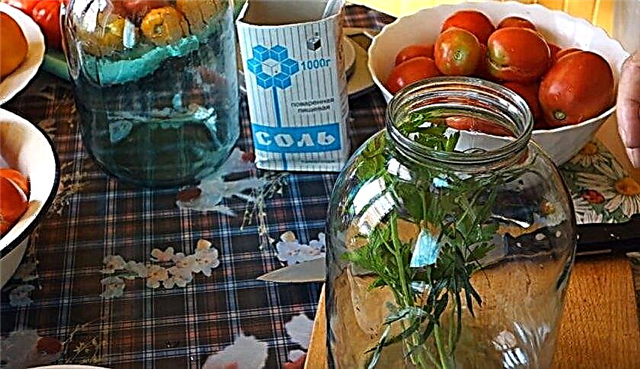
- Cut the horseradish root in circles into several parts — garlic and also put in a jar.

- Add the dill umbrella and cherry sprigs.
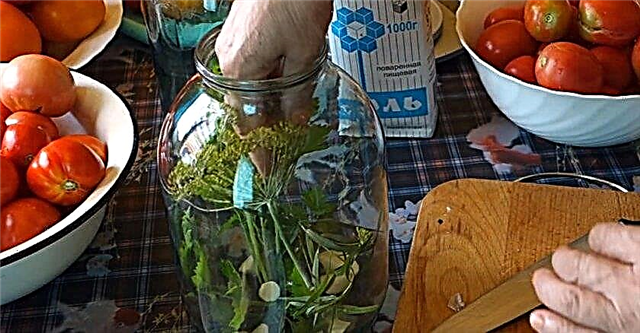
- Fill a jar with prepared tomatoes. Until the end, “to the eyeballs”, one should not push, there should be a place for brine.
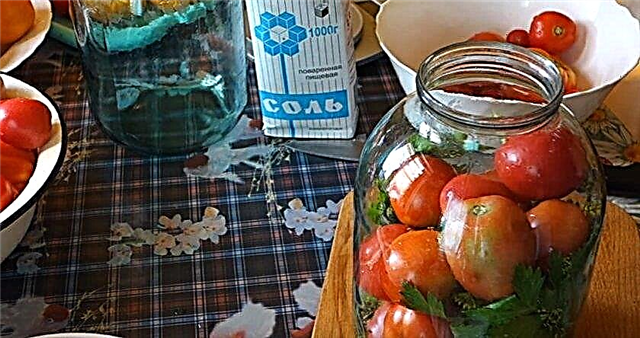
- Laying out the last layer, again add a sprig of parsley and an umbrella of dill.
- Cook brine. Pour salt into cold water (preferably well), stir and allow to dissolve.
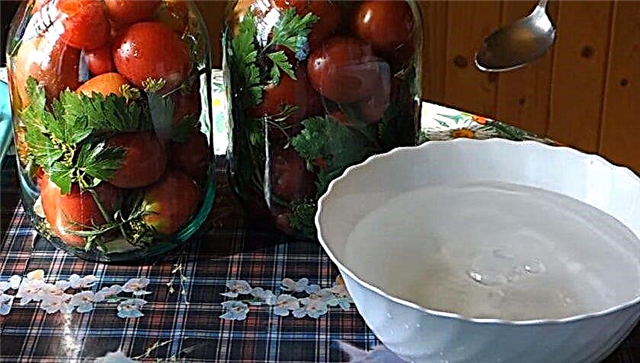
- Pour the tomatoes with brine to the very top and cover with a nylon cover.
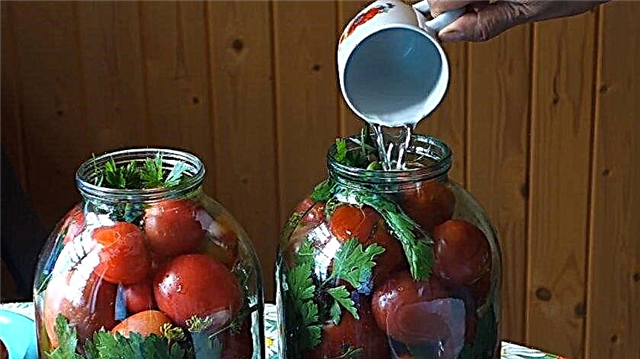
Ready salting is carried in a cool place. After 1-1.5 months, the tomatoes will be ready. Such salting can be used both as appetizers and as an ingredient for first courses (borsch, cabbage).
Important! If the tomatoes are not too ripe, then add another 2 tablespoons of salt to the brine.
Storage of blanks
Salted tomatoes are stored at a temperature of + 1 ° C- + 6 ° C. Typically, this is a refrigerator, basement or cellar. If such conditions cannot be created, it is better to preserve the tomatoes. With proper storage, salting can stand until spring. As you can see, a simple way to pickle tomatoes exists. The main rule of success is respect for proportions and the choice of material. And the result can be enjoyed from autumn to spring.








